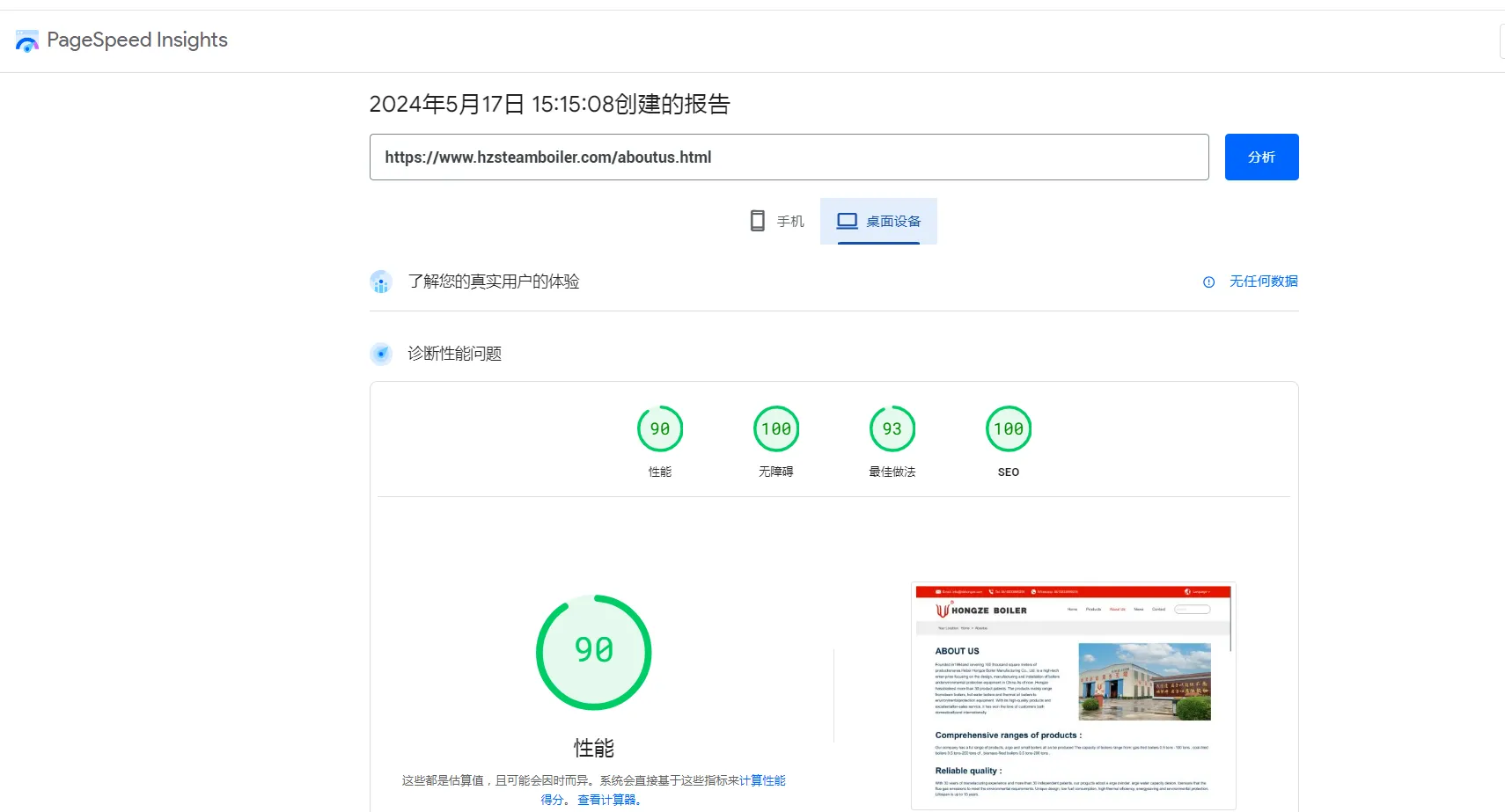-
Cangzhou Yulong Steel Co., Ltd.
-
Phone:
+86 13303177267 -
Email:
admin@ylsteelfittings.com
- English
- Arabic
- Italian
- Spanish
- Portuguese
- German
- kazakh
- Persian
- Greek
- French
- Russian
- Polish
- Thai
- Indonesian
- Vietnamese
- Zulu
- Korean
- Uzbek
- Hindi
- Serbian
- Malay
- Ukrainian
- Gujarati
- Haitian Creole
- hausa
- hawaiian
- Hebrew
- Miao
- Hungarian
- Icelandic
- igbo
- irish
- Japanese
- Javanese
- Kannada
- Khmer
- Rwandese
- Afrikaans
- Albanian
- Amharic
- Armenian
- Azerbaijani
- Basque
- Belarusian
- Bengali
- Bosnian
- Bulgarian
- Catalan
- Cebuano
- China
- China (Taiwan)
- Corsican
- Croatian
- Czech
- Danish
- Esperanto
- Estonian
- Finnish
- Frisian
- Galician
- Georgian
- Kurdish
- Kyrgyz
- Lao
- Latin
- Latvian
- Lithuanian
- Luxembourgish
- Macedonian
- Malgashi
- Malayalam
- Maltese
- Maori
- Marathi
- Mongolian
- Myanmar
- Nepali
- Norwegian
- Norwegian
- Occitan
- Pashto
- Dutch
- Punjabi
- Romanian
- Samoan
- Scottish Gaelic
- Sesotho
- Shona
- Sindhi
- Sinhala
- Slovak
- Slovenian
- Somali
- Sundanese
- Swahili
- Swedish
- Tagalog
- Tajik
- Tamil
- Tatar
- Telugu
- Turkish
- Turkmen
- Urdu
- Uighur
- Welsh
- Bantu
- Yiddish
- Yoruba

Oct . 22, 2024 01:34 Back to list
Flange Weight Calculation for EN 1092-1 Standards in Engineering Applications
Understanding EN 1092-1 Flange Weight A Comprehensive Guide
Flanges are crucial components in piping systems, essential for connecting pipes, valves, pumps, and other equipment. Among the various standards for flanges, EN 1092-1 is particularly significant, especially in regions adhering to European standards. Understanding the weight of EN 1092-1 flanges is vital for engineers, designers, and those involved in procurement as it influences the overall design, cost, and transportation logistics of piping systems.
What is EN 1092-1?
EN 1092-1 is a European standard that specifies the requirements for flanges used in industrial piping systems. This standard covers various types of flanges, including those made of various materials, such as carbon steel, stainless steel, and other alloys. It provides essential information on dimensions, tolerances, materials, and pressure-temperature ratings, ensuring that flanges are compatible with different piping systems and applications.
The Importance of Flange Weight
The weight of a flange is an essential consideration for several reasons
1. Structural Integrity The weight directly affects the structural integrity of the piping system. Heavier flanges are often associated with higher strength and durability, especially in high-pressure applications.
2. Transportation Costs Flange weight impacts logistics and transportation costs. Heavier flanges may incur higher shipping costs and require more robust handling equipment.
3. Installation Considerations The weight of the flanges can influence installation procedures. Heavier flanges might require additional manpower or equipment for safe handling and installation.
Calculating Flange Weight
en 1092 1 flange weight

To calculate the weight of a flange per the EN 1092-1 standard, one typically uses the flange dimensions, such as the nominal diameter, thickness, and material density. The formula for calculating the weight of a flange can be approximated as follows
\[ \text{Weight} = \text{Volume} \times \text{Density} \]
Where the volume can be determined by the flange's geometry, typically a combination of the flat part and the raised face (if applicable).
Factors Affecting Flange Weight
1. Material Different materials have varying densities, which will impact the overall weight. For instance, a stainless steel flange will weigh significantly more than a plastic or aluminum counterpart of similar dimensions.
2. Size and Thickness Larger diameters and increased thickness contribute to higher weight. Selecting the appropriate size and thickness based on the operating pressure and application is crucial.
3. Type of Flange The specific design of the flange—such as blind flanges, slip-on flanges, and weld neck flanges—also plays a role in determining weight.
Industry Applications
EN 1092-1 flanges are used in various industries, including oil and gas, chemical processing, power generation, and water treatment. In these industries, the choice of flange type and weight is critical for ensuring system reliability and efficiency. For instance, in the oil and gas sector, where high pressures are prevalent, heavier and more robust flanges are often preferred to withstand the harsh operating conditions.
Conclusion
In summary, the weight of EN 1092-1 flanges is a fundamental aspect of piping design and selection. By understanding the intricacies involved—from calculations to the impact of various factors—engineers and procurement professionals can make informed decisions that not only meet technical specifications but also optimize costs and enhance safety in piping systems. As industries continue to evolve, adhering to standards like EN 1092-1 ensures that quality and integrity remain paramount in engineering practices.
Latest news
-
ANSI 150P SS304 SO FLANGE
NewsFeb.14,2025
-
ASTM A333GR6 STEEL PIPE
NewsJan.20,2025
-
ANSI B16.5 WELDING NECK FLANGE
NewsJan.15,2026
-
ANSI B16.5 SLIP-ON FLANGE
NewsApr.19,2024
-
SABS 1123 FLANGE
NewsJan.15,2025
-
DIN86044 PLATE FLANGE
NewsApr.19,2024
-
DIN2527 BLIND FLANGE
NewsApr.12,2024
-
JIS B2311 Butt-Welding Fittings LR/SR 45°/90° /180°Seamless/Weld
NewsApr.23,2024











